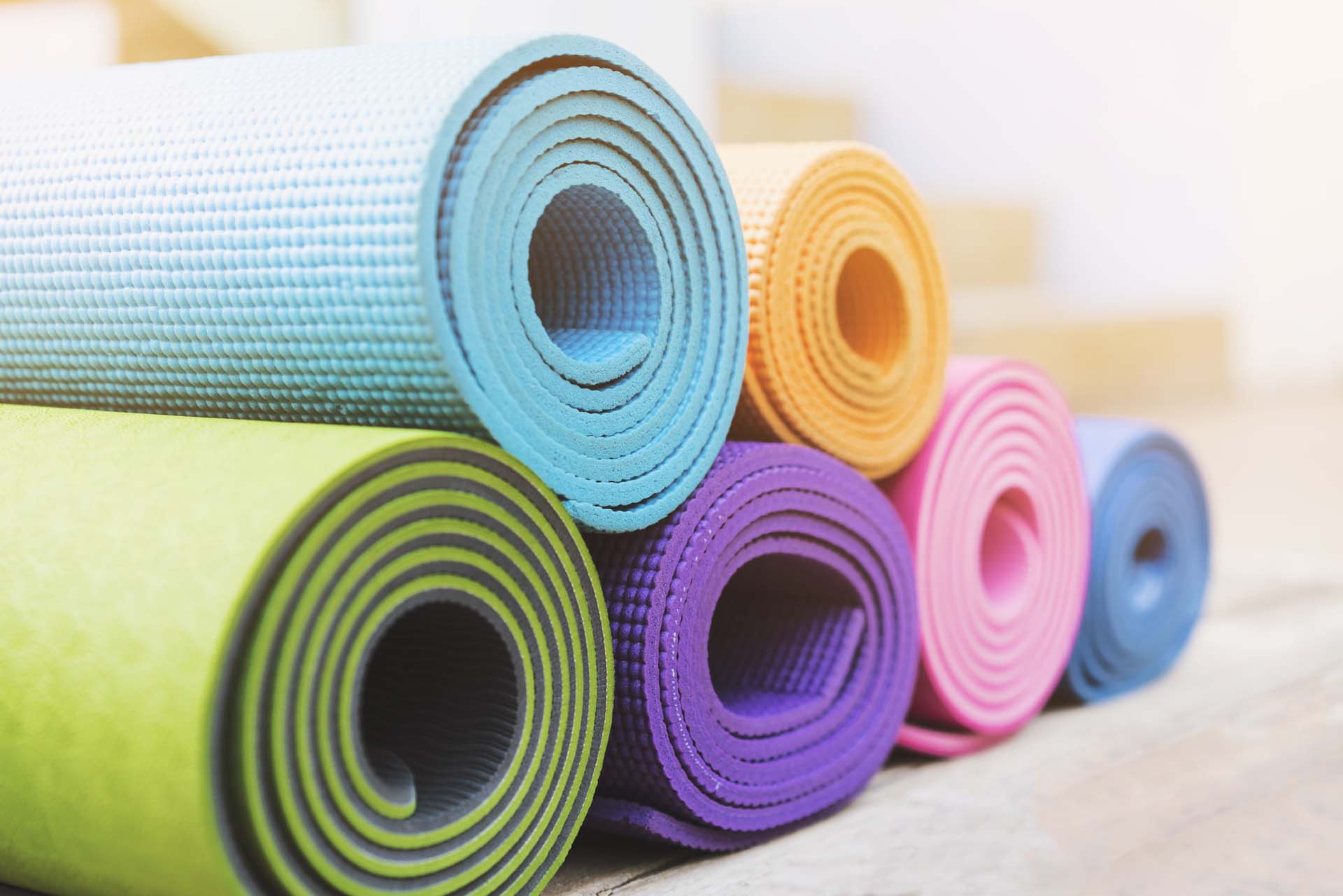
Neck pain is incredibly common, particularly as we age – but it’s not simply because we’re getting older.
It’s influenced by how the whole body has been moving, adapting and compensating over time. For many people, neck pain is influenced by how we hold our head, the alignment of our body and how we breathe.
This pain is telling us something. And with the right approach, it’s changeable.
Rather than "stretching" the neck or doing repetitive exercises, we need to change the way our body moves during everyday activities.
Gentle movements encourage space, ease and alignment throughout the spine, rewiring long-held patterns that keep pain active.
Shifting awareness of how we move can help us regain control and confidence in our daily lives.
Posture is a dynamic process. And the more we become aware of it, the more responsive and supportive it becomes. It’s about reconnecting and reorganising the system – it’s movement with meaning.
Incorporating small, intentional practices help us to move better. And that’s what supports longevity and freedom in movement.
I'm Dr Sarah Mottram, founder of The Healthy Movement Programme, and for more than 30 years I've been working as a physiotherapist, clinician, author and visiting academic.
Here are my five top moves to help with neck pain.
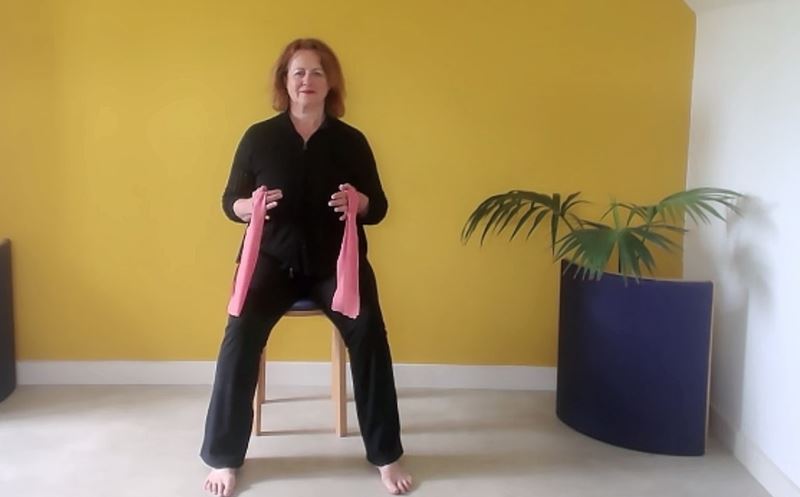
Focussing on breathing is great for relaxing overactivity of muscles, particularly around the neck.
Here, we focus on the diaphragmatic breath pattern and expanding the width at the back of the body. Take the air into the back and bottom of the lungs at the lower ribs.
Start with 30 seconds, building to three minutes with each session. Practise before you go to sleep and any time you’re in pain.
Caution: If you feel lightheaded or dizzy, stop. Don’t force your breath, let it be easy.
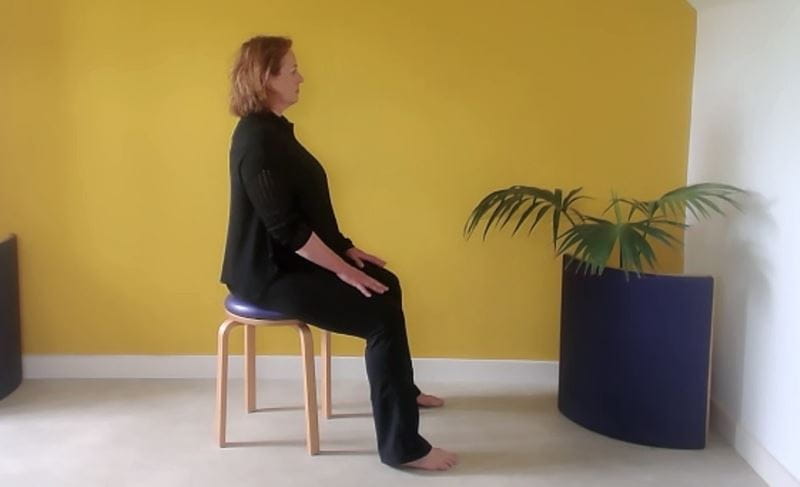
This active sitting brings awareness to the alignment of the neck and body.
One to two minutes several times a day, building to five to 10 minutes of sustained awareness – or check in hourly as a gentle reset. Consistency is more important than duration.

Placing your hand gently on top of your head gives the nervous system a sense of support and grounding.
It helps the neck to relax and lengthen naturally, and brings more awareness to your head position.
One to two repetitions, once or twice per day.
Build to three to five repetitions, especially when feeling tension. Use as a reset at any time.
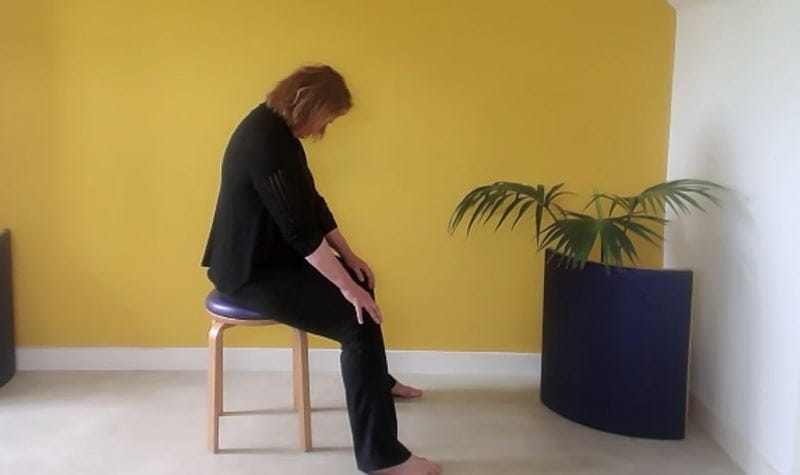
This small, subtle movement reintroduces mobility to the neck.
Three to five gentle repetitions, once or twice daily.
Build to eight to 10 slow nods up to three times a day, depending on how it feels. Avoid any sense of pulling or pushing.
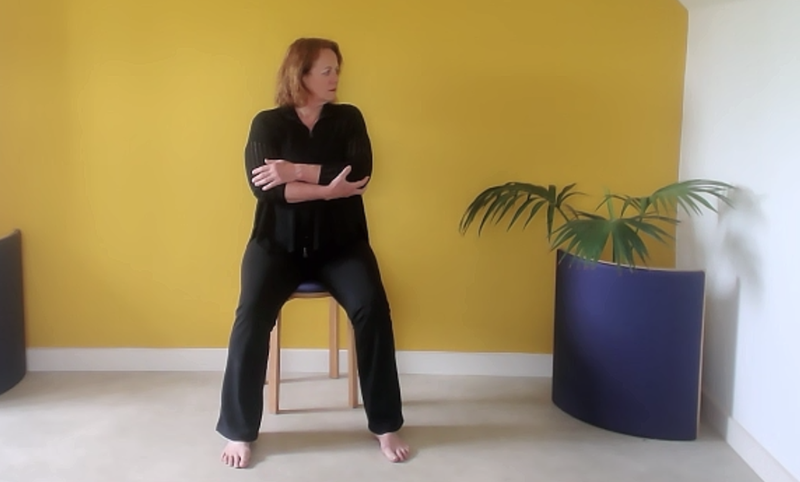
Supporting the arms reduces the load on your neck and upper shoulders, which can restrict neck movements. First turn you head to the side and be aware of how much movement you have or if it hurts.
Three to five repetitions each side, once or twice a day. Gradually build to eight to 10 repetitions, two to three times per day, depending on how it feels.
Always stay within a pain-free range – think ease over effort.
Caution: If any movement increase pain, dizziness or discomfort, stop and seek professional advice.
Neck pain may be common, but it doesn’t have to be something we simply put up with or push through. These gentle, science-based movements are designed to bring awareness back into your body, reduce tension, and help you move with more ease and confidence.
Small, mindful shifts in how we breathe, sit and move can make a big difference over time. The key is to stay curious, consistent, and kind to yourself as you explore new ways of moving. Your body is capable of change and it starts with awareness.
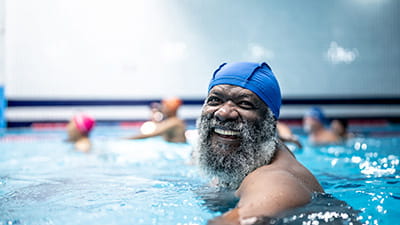

Health insurance for people over 50 that provides a quicker route to diagnosis and planned medical treatment in a private facility.
Underwritten by Bupa Insurance Limited.
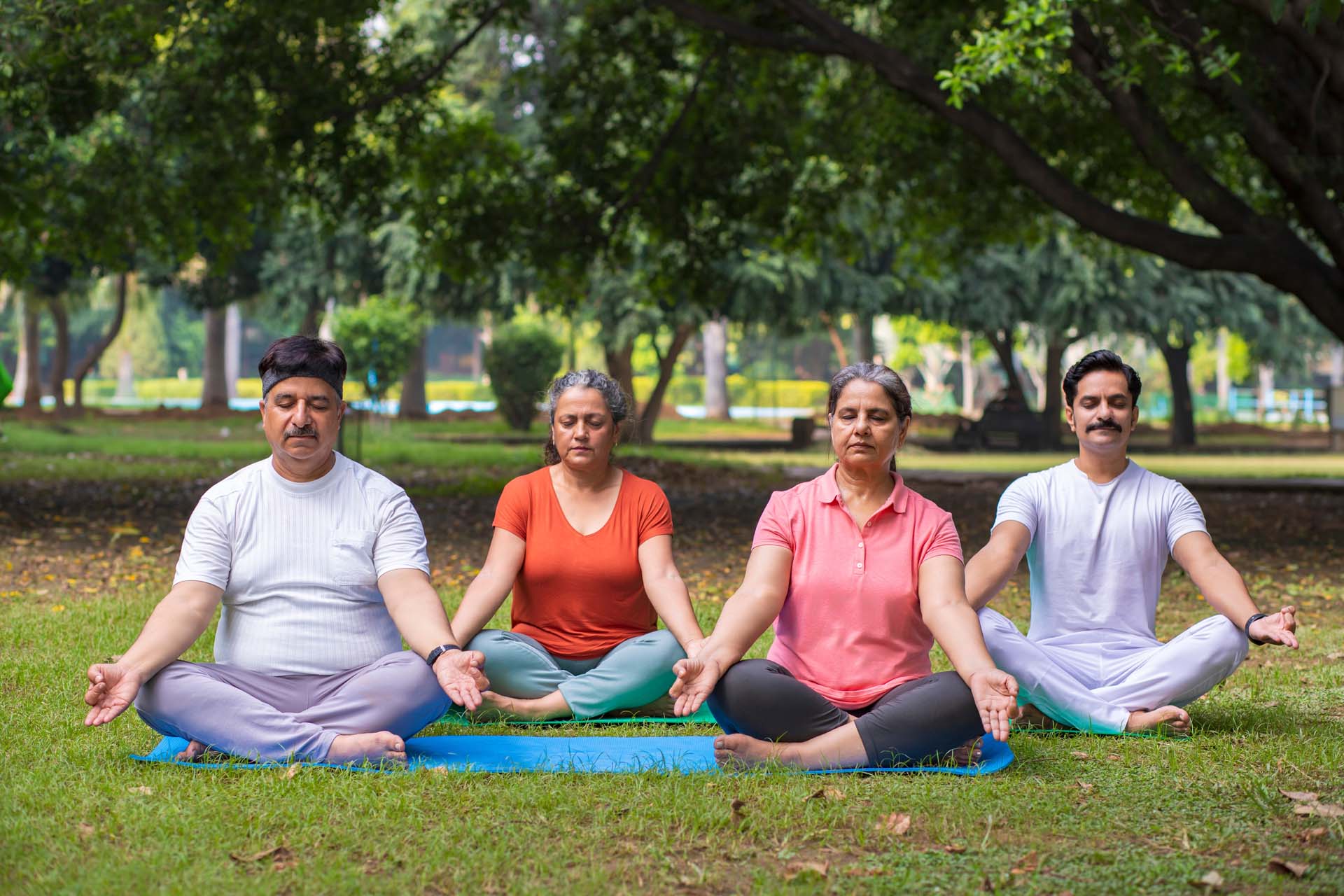
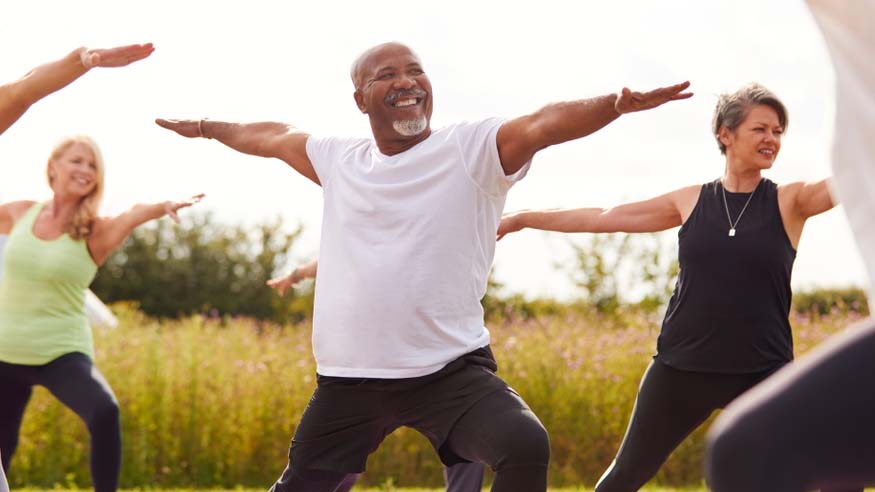
Yoga is a great exercise for everyone. If you want to have a go, but don't know where to start, try our best beginner yoga poses
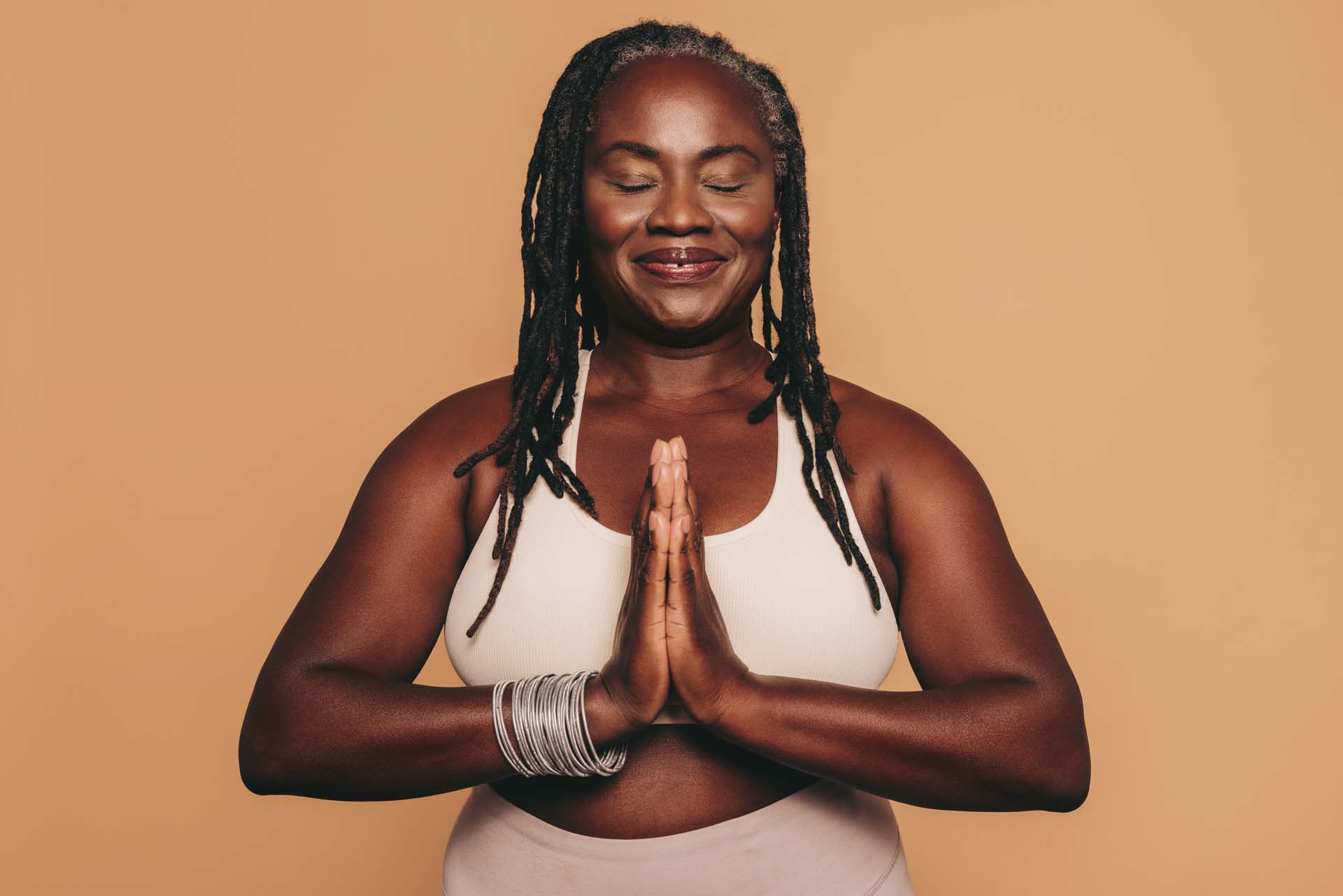
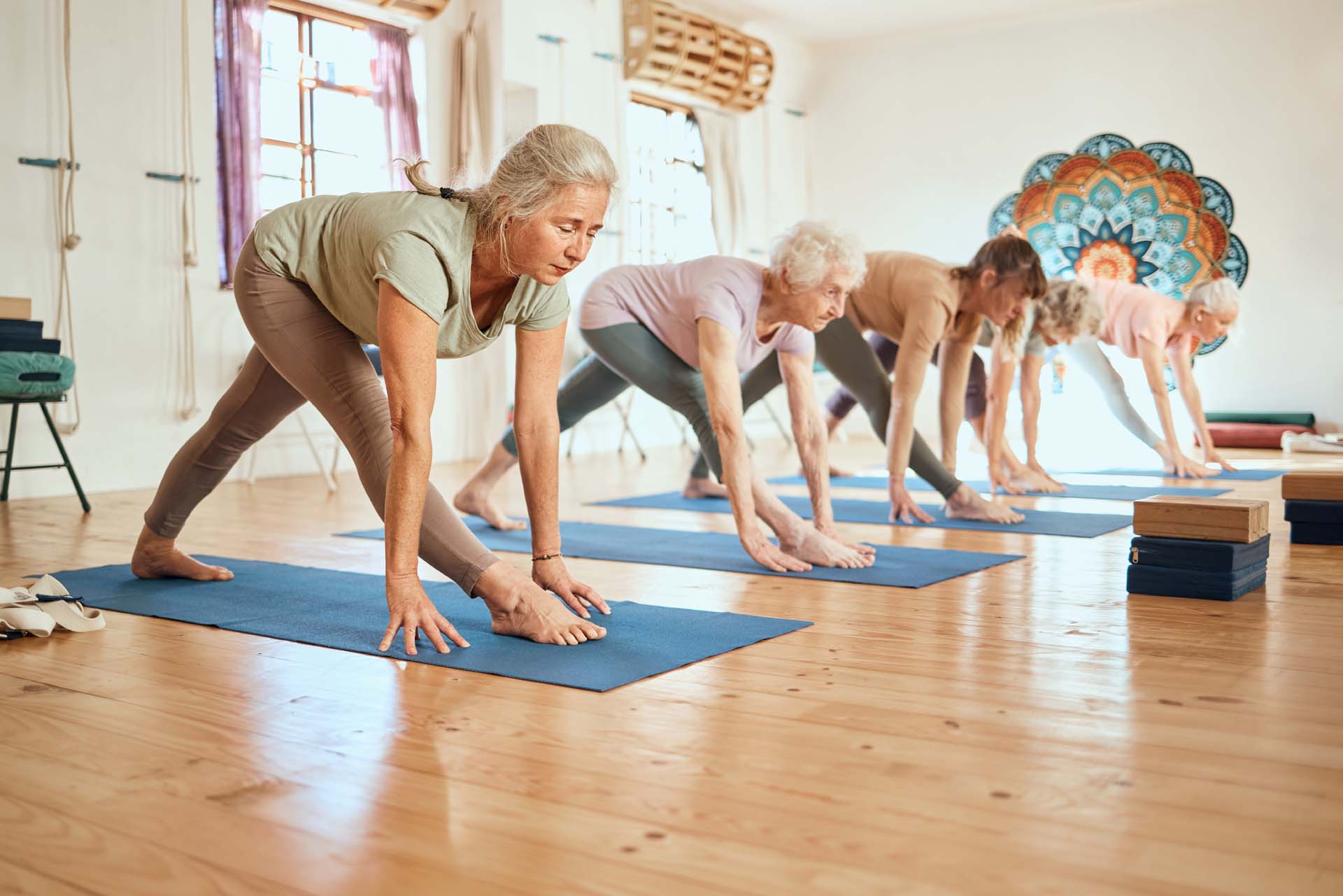
The best yoga poses to build strength and make your life more comfortable
